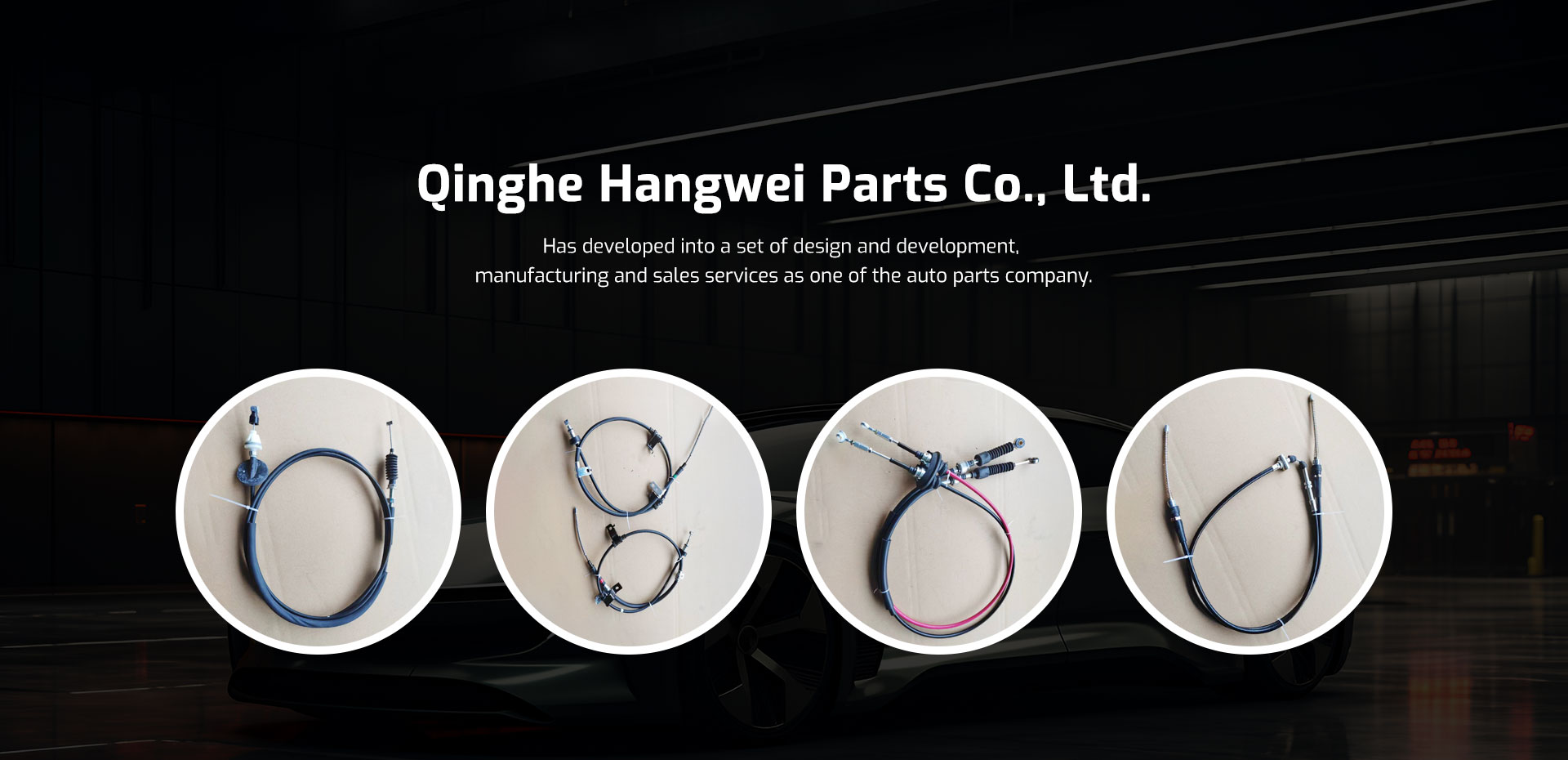long throttle cable
Understanding Long Throttle Cables A Comprehensive Overview
Throttle cables play an essential role in the functionality of various vehicles and machinery, particularly in motorcycles and automobiles. Among these, long throttle cables serve specific purposes and are tailored for unique applications. This article aims to explore the significance of long throttle cables, their applications, benefits, and maintenance tips to ensure optimal performance.
What is a Throttle Cable?
A throttle cable is a crucial component that connects the throttle pedal or handlebar to the engine. This cable is responsible for regulating the amount of air and fuel mixture entering the engine, thereby controlling the speed and performance of the vehicle. In many vehicles, the throttle cable is a simple pull cable that operates with a direct connection to the engine’s throttle body.
The Need for Long Throttle Cables
Long throttle cables are typically utilized in specific situations where standard cables may be insufficient. One common application is in custom motorcycle builds, where modifications to the handlebars or the overall design may result in a need for longer cables to maintain proper throttle control. Long cables are also essential in various racing applications where extended handlebars or elevated seating positions are standard.
Furthermore, long throttle cables can provide greater flexibility in routing. This can be particularly important in complex setups, allowing the cable to be adjusted and positioned to avoid sharp bends or kinks that could lead to cable wear and performance issues.
Benefits of Long Throttle Cables
1. Enhanced Control The primary benefit of a long throttle cable is improved control over the vehicle's acceleration. With proper installation, a longer cable can facilitate smoother transitions and more responsive throttle action.
2. Custom Fit Long throttle cables can accommodate custom setups, allowing for greater flexibility in bike or vehicle design. For enthusiasts looking to tailor their machines to personal preferences, longer cables provide the necessary reach.
long throttle cable

3. Reduced Wear and Tear A correctly routed long throttle cable can minimize sharp bends, reducing strain on the cable material and prolonging its lifespan. This is especially important in high-performance environments.
4. Versatility Long throttle cables can be used in various configurations, making them suitable for multiple applications. Whether in racing setups, custom motorcycles, or modified vehicles, their versatility is a significant advantage.
Maintenance Tips for Long Throttle Cables
To ensure optimal performance of long throttle cables, regular maintenance is necessary. Here are some practical maintenance tips
- Regular Inspection Frequently check for any signs of wear, fraying, or kinking in the cable. Addressing these issues promptly can help prevent more significant problems.
- Lubrication Keep the cable lubricated to ensure smooth operation. A well-lubricated throttle cable can enhance performance and prevent sticking or binding.
- Proper Routing Ensure that the cable is routed correctly, avoiding sharp bends or contact with moving parts. This will help extend the life of the cable and maintain its effectiveness.
- Adjustments Regularly check for proper slack in the cable. Too much slack can lead to sluggish response, while too little can cause the throttle to stick. Make adjustments as needed to ensure optimal performance.
In conclusion, long throttle cables are vital components that offer enhanced control, flexibility, and durability for various vehicles and applications. By understanding their importance and ensuring proper maintenance, enthusiasts and mechanics can optimize the performance of their machines, leading to a safer and more enjoyable riding experience. Whether you are a casual rider or a serious enthusiast, grasping the intricacies of throttle cables can significantly impact your vehicle's performance and longevity.
-
Workings of Clutch Pipe and Hose SystemsNewsJun.04,2025
-
The Inner Workings of Hand Brake Cable SystemsNewsJun.04,2025
-
The Secrets of Throttle and Accelerator CablesNewsJun.04,2025
-
The Hidden Lifeline of Your Transmission Gear Shift CablesNewsJun.04,2025
-
Demystifying Gear Cables and Shift LinkagesNewsJun.04,2025
-
Decoding Clutch Line Systems A Comprehensive GuideNewsJun.04,2025
